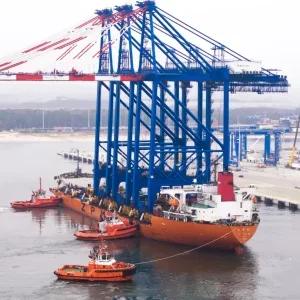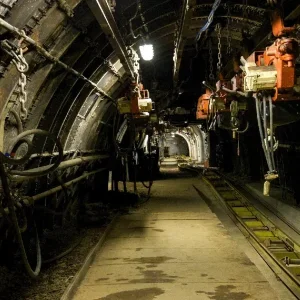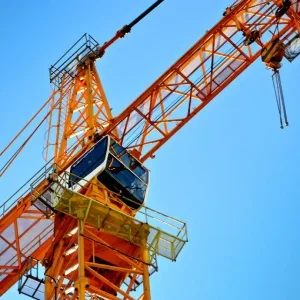The crane was being used to lift a 97t cask of high level radioactive waste out of a temporary storage pool inside the plant, ready to be moved to a permanent storage site outside. The lift was the first in a planned programme of moves at the plant in Vermont, USA, aimed at improving storage of the material.
As part of the lift, the load was to be lowered to a position around 4in off the floor, so workers could remove a plastic shield from the bottom of the cask. The brakes failed as the cask was being lowered, leading it to drop without proper control. It ended up hanging an inch and half off of the ground.
Engineers at the Entergy site identified a problem with the electrical relays controlling the crane’s brakes. According to reports in the Rutland Herald, the crane had been load tested before the lift, but not with a load that weighed as much as the cask being lifted.
Entergy spokesman Rob Williams told local Vermont Public Radio, “The crane safety design provides for a very slow lowering in any circumstances, including in this circumstance where we had a relay problem in the crane mechanism.”
However, David Lochbaum, a nuclear scientist with the Union of Concerned Scientists in Washington, told the Herald that the accident is symptomatic of poor crane safety supervision by the US Nuclear Regulatory Commission. Citing an accident at Browns Ferry nuclear plant, where a crane dropped its hook and injured a worker, but the commission decided it wasn’t responsible as the crane wasn’t carrying a load, Lochbaum told the paper, “By telegraphing industry again and again that it’s not taking crane operations seriously NRC is essentially telling Entergy that crane operations aren’t on the test. Consequently, Entergy didn’t give it the attention needed to prevent problems.”






